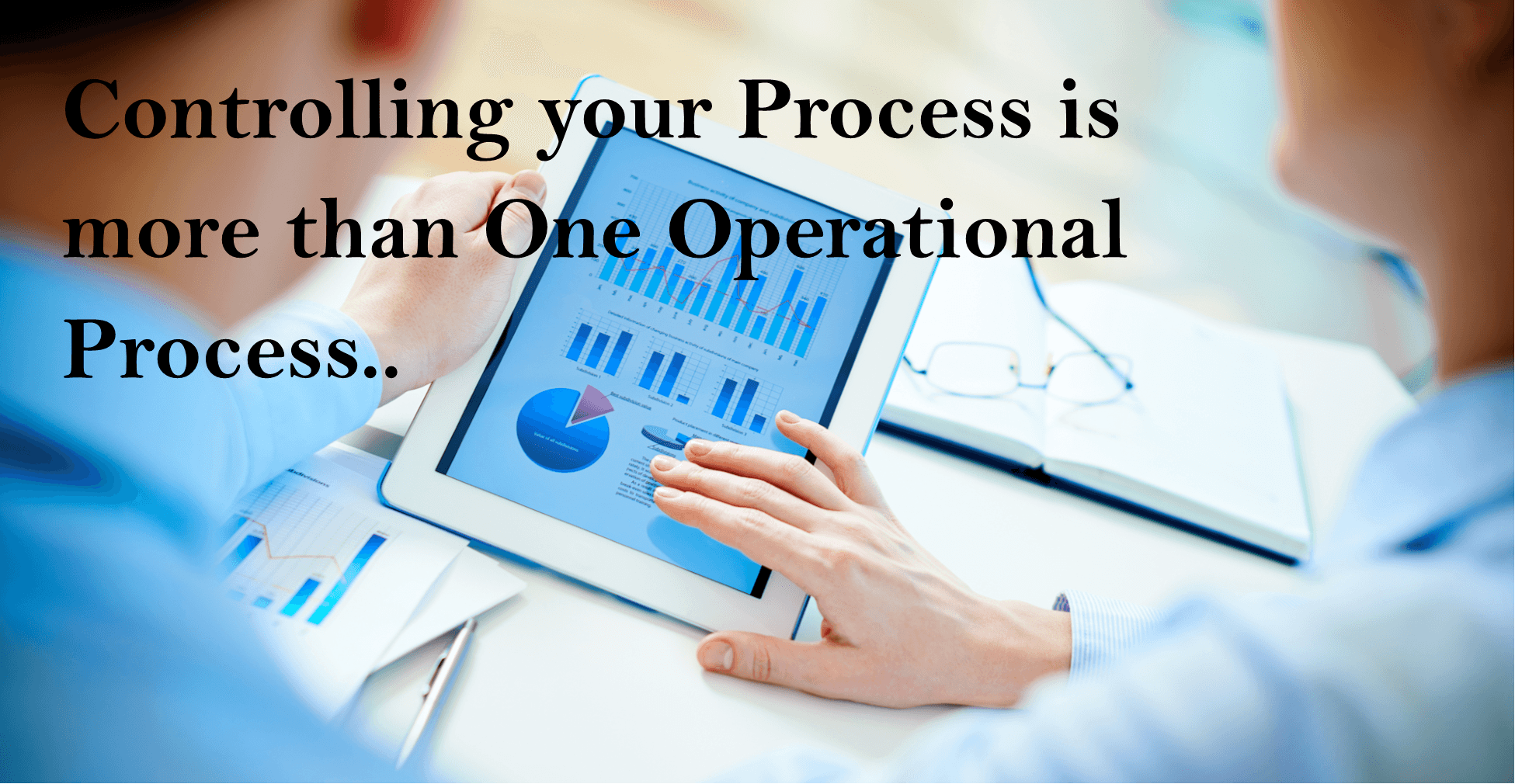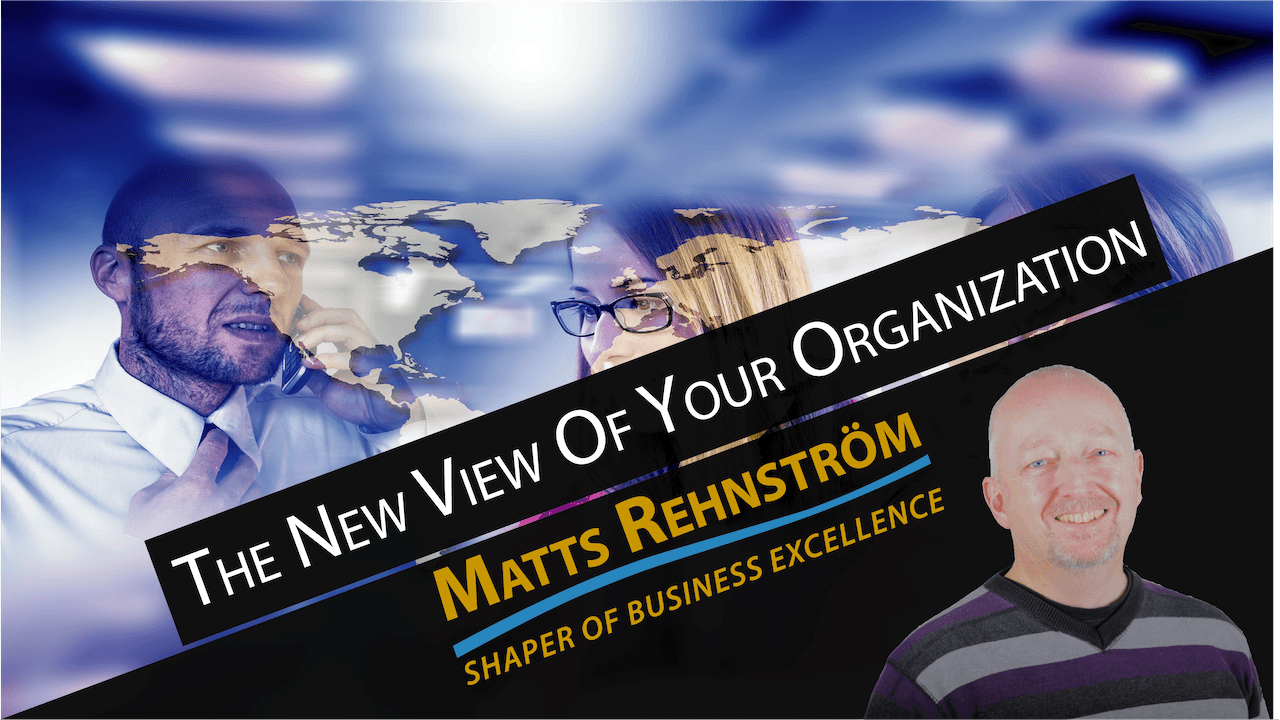In this article I will focus more on the operational systems that you have in your business. If you followed my earlier articles you see that the process that satisfy you customer is longer than just your organizational unit. Then, when it comes to operational systems we will see that many organizations view of the process beginning and ending within their unit, is strengthen by the fact that each organizational unit has it’s own operational system.
That means that a department is having their own operational system, handling “their” data to focus on “their” customer. The operational system they use are often specially built for their requirements in handling their part of the process. Like the financial department sending off invoices having their system for creating invoices and checking the debtors ledger, the production planning having a operational system planning the production, or the sales department having the sales system.
Often no one outside the specific department have any access to the operational system within the department. Access is restricted to the belonging to the organizational unit. No one except sales people have access the sales system, and so on. That means that we force other departments to build their own systems, not just because their business expertise requires certain functions, but because there is no way to access the information in other departments operational systems.
Sure some organization have then invested in suits of operational systems that is suppose to handle everything for everyone in the organization. But the problem is still there – the control ends when the operational system ends. And the needs are also still there – to control the process end-to-end, and the process is so much larger than the organization. As I described in earlier articles, processes are often larger than one organization can cover.
Suppliers of operational system are smart people and like to create as much business value as possible. Therefore they build in functionality into their products so that the business using the system can control the process. The problem is that the process able to control is only within the boundaries of the process and the organizational unit. The sales system then control sales, within sales department. The delivery planning system controls the process of delivery within the delivery department, and so on.
Therefore it is important to first look at the whole process, end-to-end, as the customer sees it. Then identify all your partners in delivering the value for your customers, and finally to be able control the flow. And to control it you need to see and understand that you need a solution that is larger than your organization and your operational systems.
“Aha”, some might say, “we all need the same operational system to get that control”. That is a way to go, but it is neither practical nor desirable. There is an alternative that still gives the departments all specialist functions function they need. The alternative is to get some of all the partners to set up a process control, which follows and controls the whole process, end-to-end. In an earlier article I described the process engine, which is the solution. Read more about it here.
The process engine will be able to interact with all the operational systems that you have throughout your business, and also the ones that your partner have. This ensures that you both have control and that the different special needs in your business are taken care of.
Questions you need to answer are then; What is the end-to-end process? Who are your partners in delivering the value for your customers? What operational system is involved in the process? Then you can start to look into how the process engine can interact with all those operational systems. And how that is done, I will cover in another article and in my training programs.
To you and your business’ excellence,
Matts


